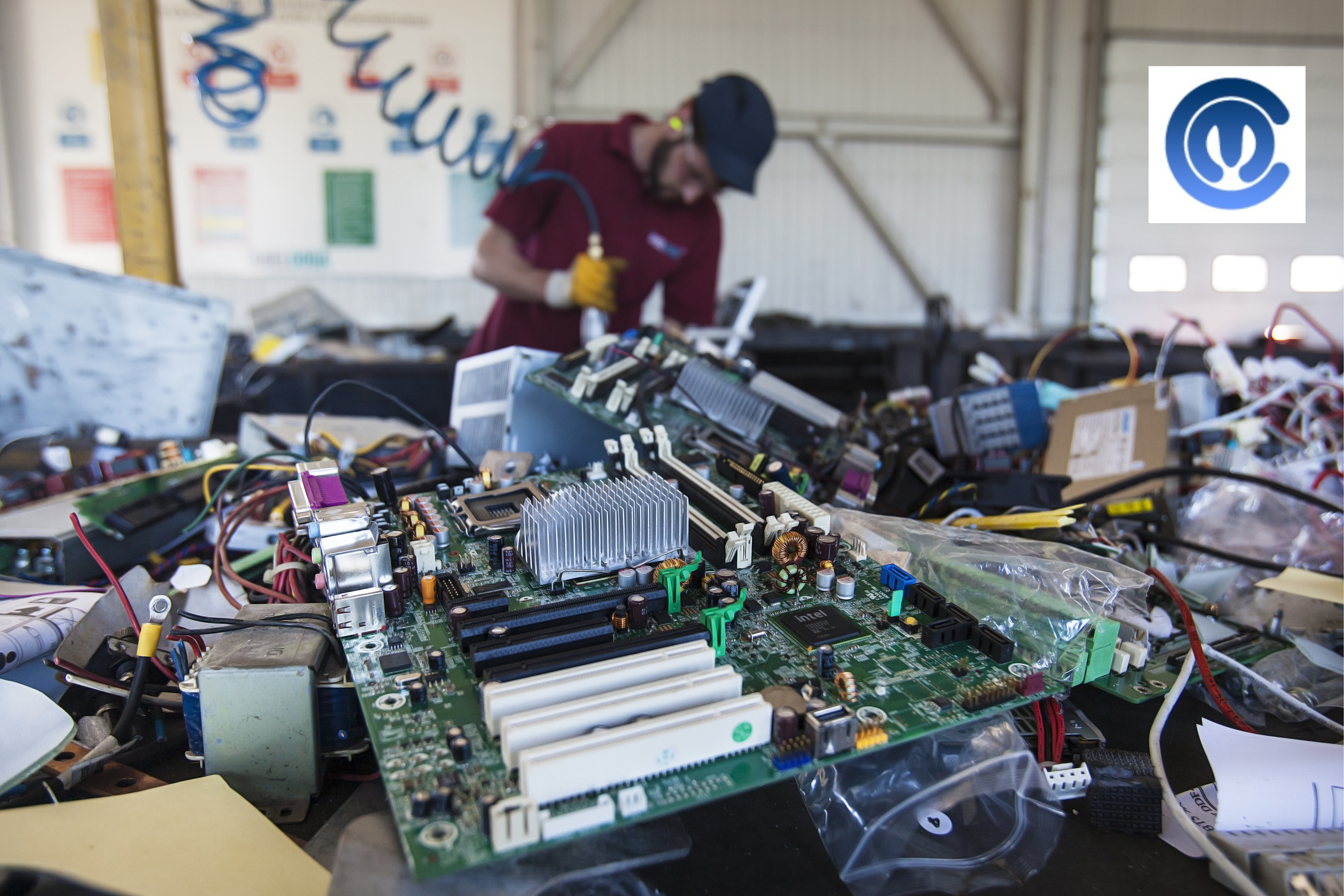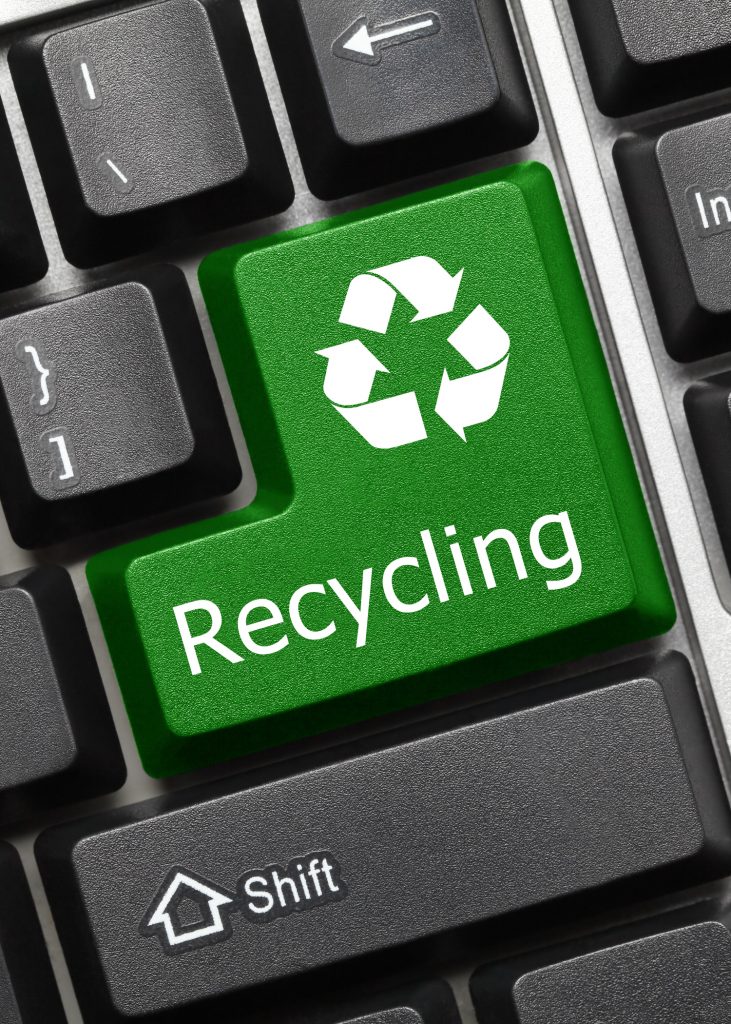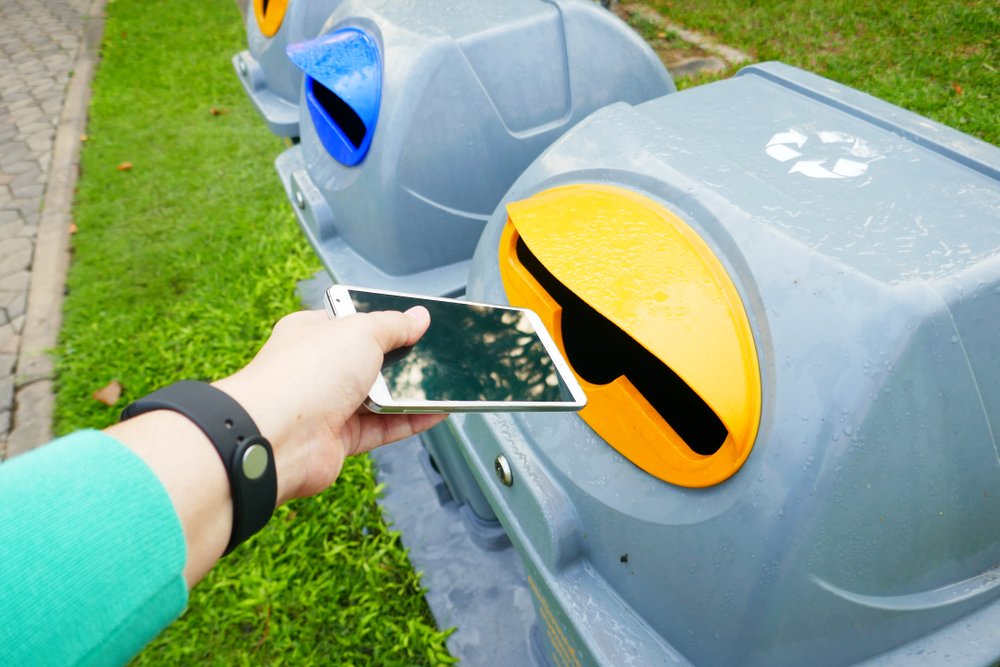
21 Mar WEEE – What, Why And How
WEEE is one of those terms you’ve probably heard of, but not given much thought to. You might know vaguely what it is, but not how it works or what its purpose is. But in the world of business, it’s an essential part of your waste disposal strategy. If your business has IT or electronics in it – either as a product or for general use – then you should be aware of the WEEE directive. If you’re not, then this post is for you.
What Is WEEE
WEEE stands for Waste Electrical and Electronic Equipment. It’s an EU Directive that was first brought in in 2007, and was eventually adopted into UK law years later in 2014. In its simplest form, this directive covers the handling of any waste electronic equipment attached to a plug – no matter how big or small. It regulates how companies and people dispose of electrical items, and ensure they are disposed of responsibly. The aim of the law is to prevent these electrical items from ending up in landfill – in fact it’s one of the first uses of the reduce, reuse recycle motto – only then it included the word ‘recover’ too. By collecting these old electronics together, plants can sift through the parts and reuse as much as possible in the manufacture of new products. All waste management and handling companies are required to comply with this law whenever they are removing WEEE items from households or business premises.
Targets For Recycling
Recycling targets are always under constant evaluation, with the aim to reuse as much waste as possible while also reducing the amount of non-recyclable waste produced in the first place. But in general, current recycling targets sit at around 50% of all household waste, including WEEE items, to be recycled by 2020. Whether or not we meet that target by next year remains to be seen.
The main reason this target it so high is pretty simple. Every year households and businesses in the UK produce a staggering 17 tonnes of waste. Most of this ends up rotting in landfill, where it will cause harm to the environment. In among all of this waste are all sorts of electronics, from old mobile phones and battered washing machines to dead batteries. All electrical items (no matter how small) contain hazardous material that won’t ever fully decompose, but it can degrade, releasing pollutants or even deadly chemicals into the environment. Not great!
To avoid this, the WEEE directive was created. WEEE was designed to put electrical items into the same waste category as cardboard and plastic bottles – a common household recyclable that can be processesd separately, safely, and reused wherever possible. But as the technology we use every day has evolved, the amount of WEEE that needs to be handled and disposed of has risen rapidly, and this means recycling targets for WEEE need to rise with it.
Don’t Forget Mobile Devices!
The WEEE directive covers everything electrical that plugs into a mains outlet – and that includes mobile phones. We’ve created a bit of a ‘fast food’ culture around mobile phones in recent years, with millions of perfectly useable models being traded in for upgrades. But mobile phones all contain trace elements of precious metals like gold (even the cheaper ones), as well as all sorts of electrical components that can be reused. So when you trade in your old phone, it’s often sent to a WEEE facility to be recycled. When it gets there it’s dismantled, the hazardous parts like batteries are removed and safely dismantled to collect the metals for refinement and reuse, and the rest of the parts are sorted and sent to manufacturing plants to be reused in new products. At Charterhouse Muller, we often end up handling a lot of electronic waste that falls under the WEEE directive and we hold the relevant environment agency licenses to store and process it. Whilst our core method of IT recycling is re-use, some of the devices we process are beyond repair or refurbishment, and instead just need the data removed and to be disposed of correctly. At Charterhouse Muller we work closely with AATF partners who handle the downstream processing of electronic waste and issue important disposal documentation. After all, even if your electronics are beyond repair, you still need to make sure any sensitive data stored on them has been properly removed and the equipment is disposed of correctly. Find out more about our data erasure, IT recycling and WEEE recycling services, get in touch with our experts today.




